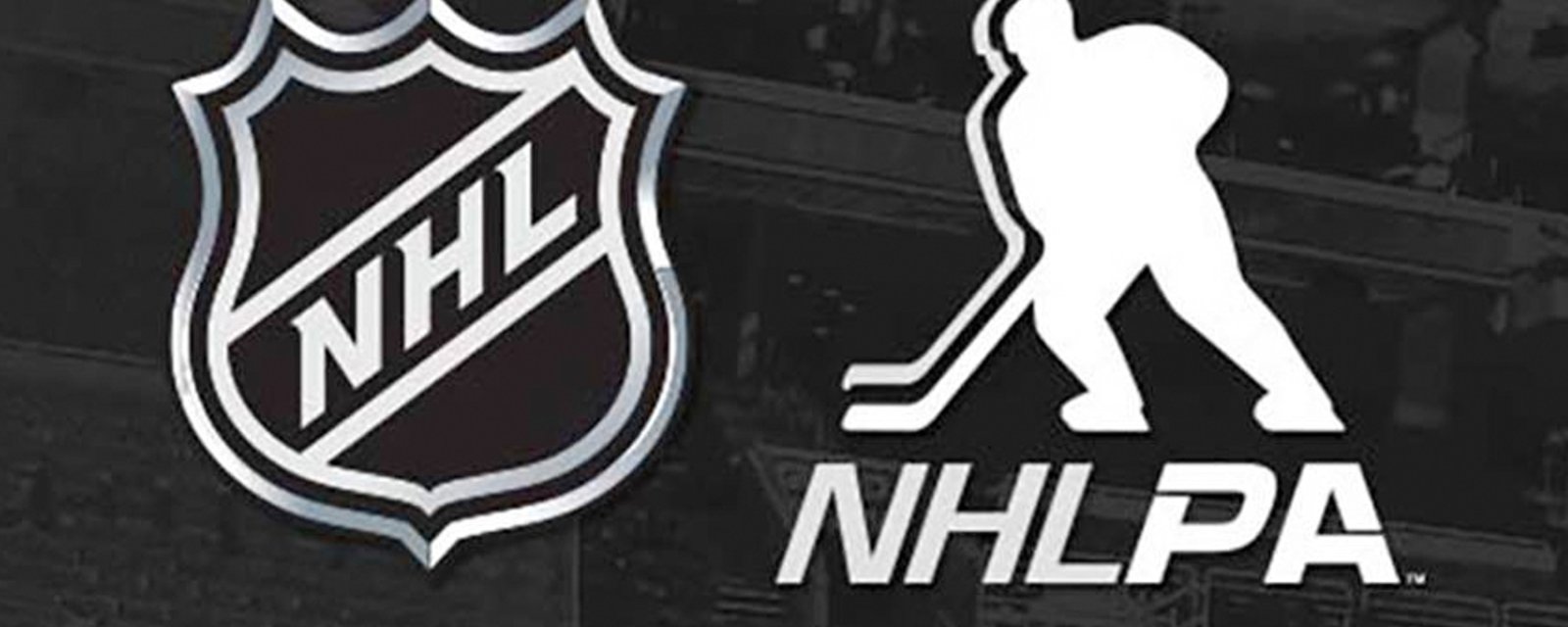
Full details of NHL's “Phase 2” including traveling, testing and opening of arenas
The full details straight from the NHL.
HockeyFeed
Earlier today the NHL officially released its framework for moving the "Phase 2" and ultimately returning to action. That framework was unveiled in a 29 page document full of legal jargon that is, frankly, difficult to wade through. The NHL is a league run by attorneys after all...
So in an effort to clear things up Sportsnet's Chris Johnston breaks down the most important decrees.
Read below for some details.
On when Phase 2 goes into effect:
On testing in Phase 2:
On when/where players can train during Phase 2:
And now some details from the NHL's document itself.
On opening of practice rinks:
Clubs will be allowed to reopen training facilities in their home cities under Phase 2, though distancing measures will still be in effect — a maximum of six players will be allowed to practise at once, plus “a limited number” of team staff. Individualized training activities will be conducted on a voluntary basis, prioritizing the health and concerns of players and staff.
Per the NHL’s document: “This activity will be permitted only in those jurisdictions where the applicable health authorities have sufficiently relaxed local restrictions to permit such gatherings. Clubs whose local health authorities would allow for the reopening of Club facilities will be required to consult with and seek approval from the League prior to any reopening of Club facilities. In those jurisdictions which continue to restrict or prohibit such activity from occurring, and in order to address potential competitive concerns, the League will work with those Clubs to facilitate alternative arrangements, if desired.”
On travel to NHL cities:
Individuals travelling via public transportation — by commercial flight or rail — must self-quarantine for 14 days in their club city prior to engaging in any training activities at the club facility.
Other players may also be asked to self-quarantine, regardless of their mode of transportation, upon returning — including those returning from a “high-risk” environment, and those landing in areas whose local authorities continue to impose a quarantine period for any travellers.
Not all players maintain a residence in their club cities — most notably AHL players. The league states that teams will provide separate hotel accommodations for the duration of Phase 2 and Phase 3 (training camp) activities in their club cities.
On potential positive tests:
A positive test will result in the player being designated “unfit to play” and his condition “shall be treated as a hockey related injury for all purposes under the Collective Bargaining Agreement, unless it is established, based on the facts at issue, that the Player contracted COVID19 or the resulting or related illness outside the course of his employment as a hockey player.”
Care of an infected player will be co-ordinated by the team’s medical staff in consultation with its infectious disease specialist.
On "Player Activity":
Players may participate in player-only, non-contact skating sessions (without coaches), weight training (no spotters required), cardiovascular training, and circuit-based training. Rehabilitation and treatment with medical and training staff is also permitted. Once separated into groups, players will remain in those same groups for all training sessions for the duration of Phase 2. Groups will be scheduled into “shifts” and will not overlap in timing so as to allow for proper cleaning of facilities between each group’s training session.
On-ice time must be divided equally between all skaters in small groups of no more than six players, though goaltenders may be allowed additional ice time. Goalies are permitted to work with an independent goalie coach on a one-on-one basis, beginning seven days after initially being granted access to club facilities.
Fitness testing by clubs will not be permitted during this phase.
On personnel NOT allowed at team facilities:
The NHL prohibits media members, agents, massage therapists, chiropractors, player-performance personnel, players’ family members, and any other persons not deemed essential by the league from entering club facilities for the duration of Phase 2.
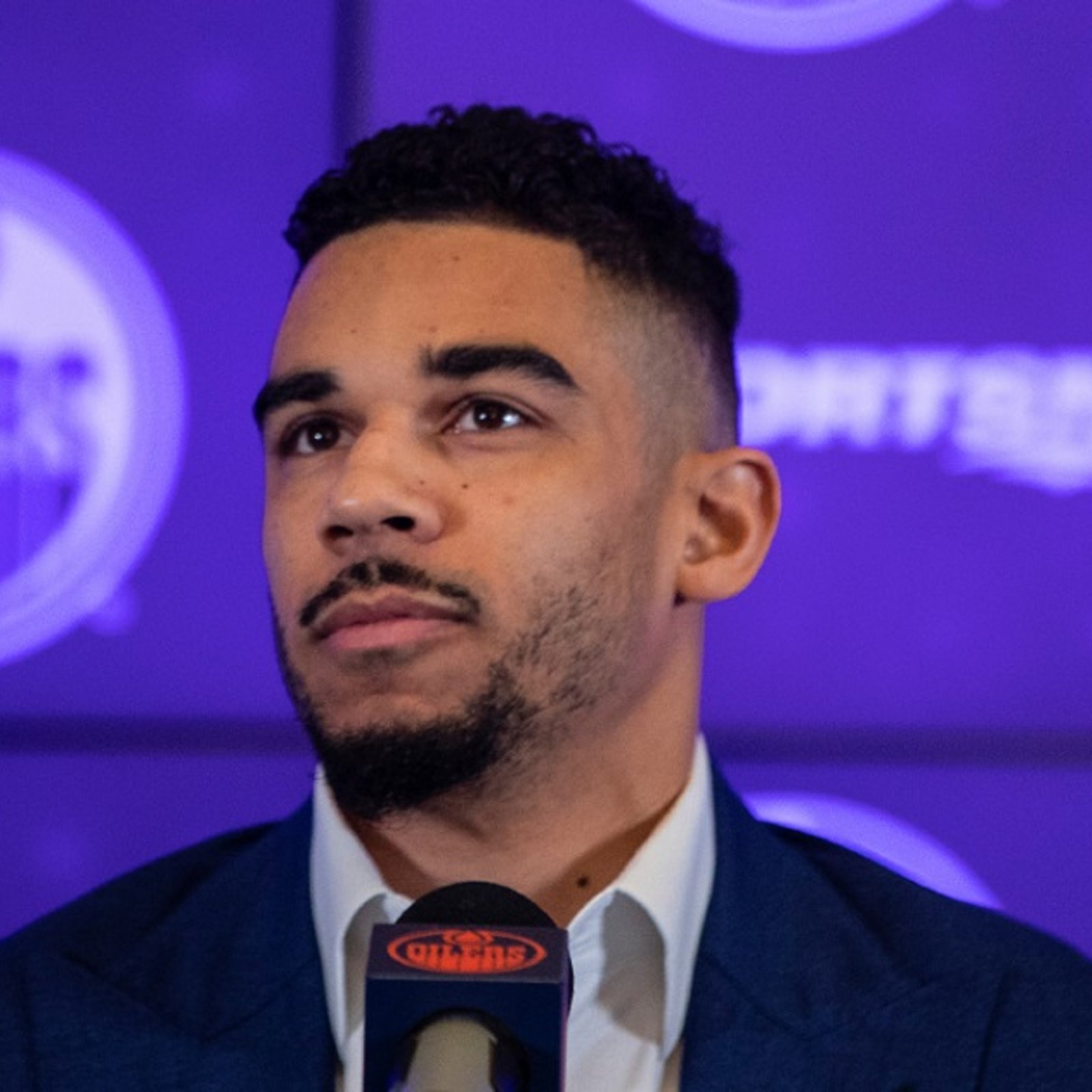
- Jonathan Larivee
Terrible news from Evander Kane just before Game 1.
- NHL News
- 2 minutes read

- Jonathan Larivee
Refs intervene over questionable act from Leafs after Game 1.
- NHL News
- 2 minutes read
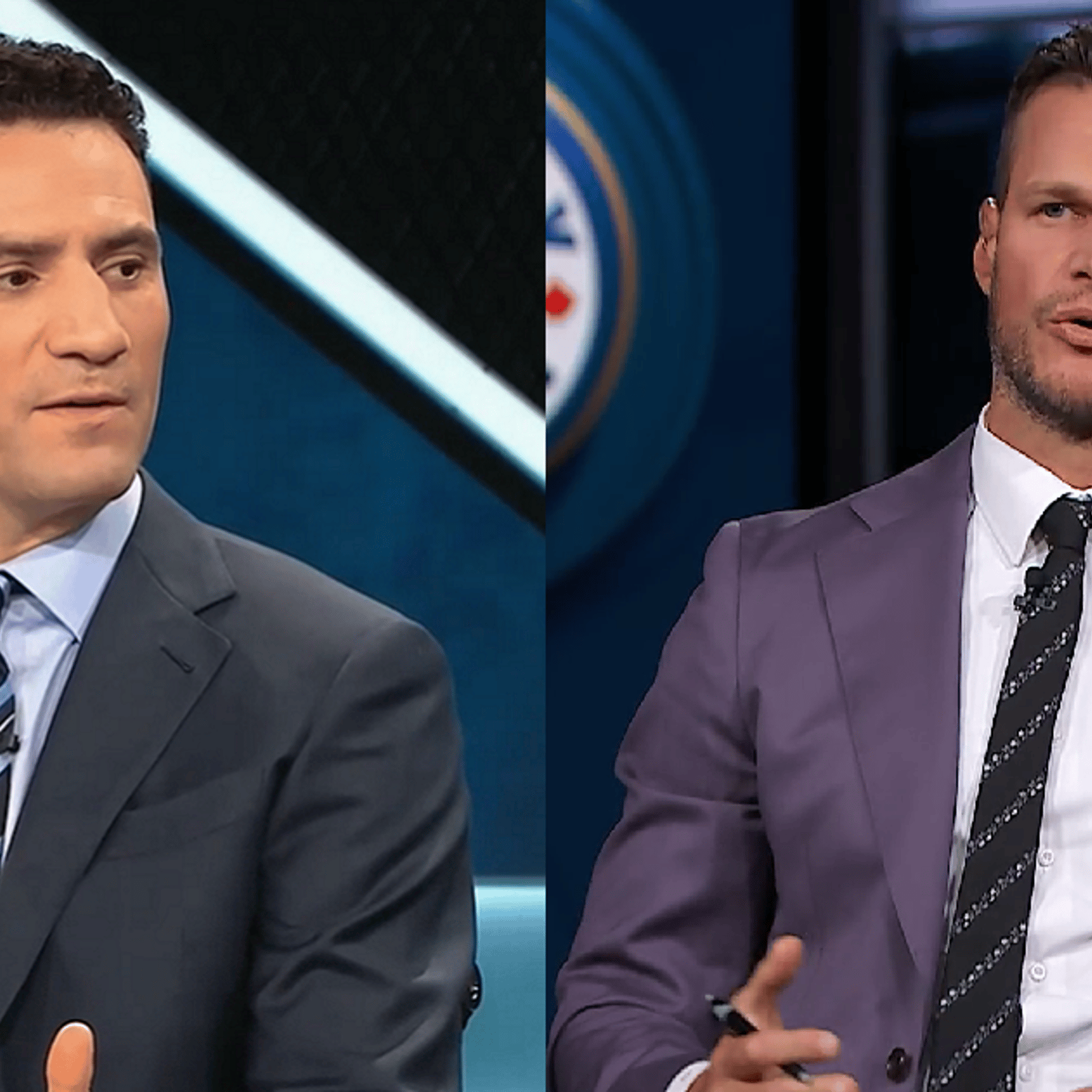
- Jonathan Larivee
Bieksa, Bissonnette call out 2 Maple Leafs after a brutal Game 1.
- NHL News
- 3 minutes read
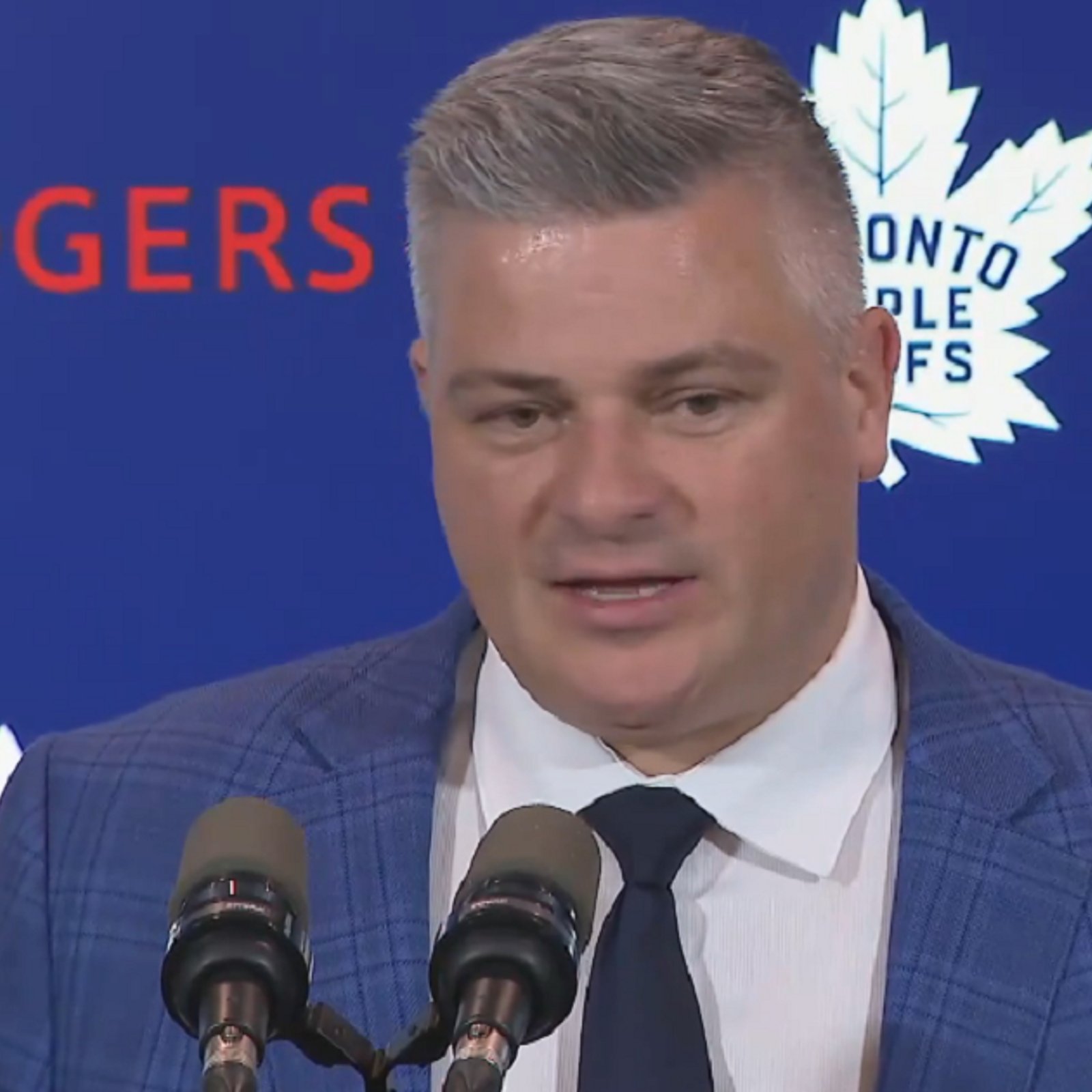
- Jonathan Larivee
Sheldon Keefe calls out Max Domi over Game 1 performance.
- NHL News
- 2 minutes read
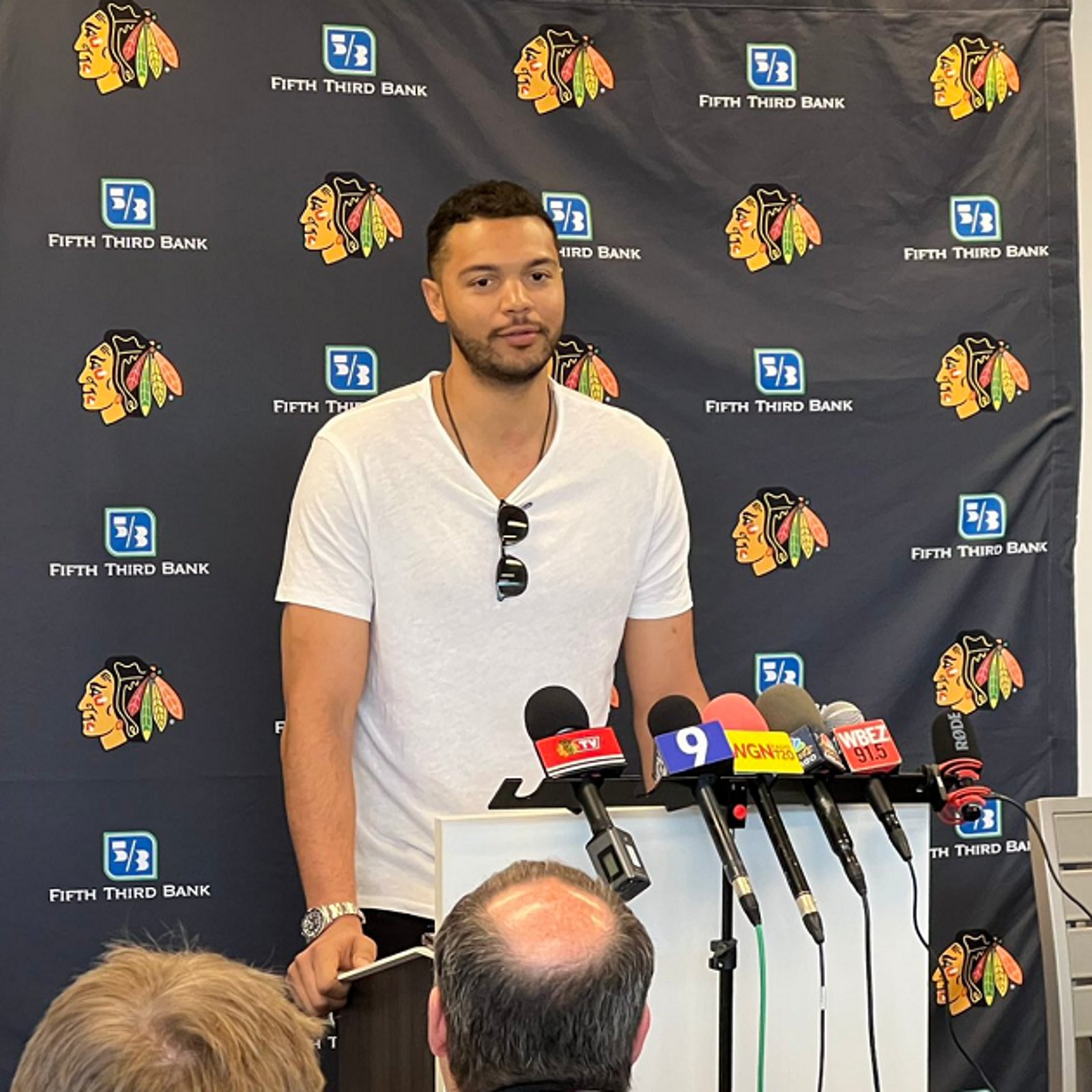
- Jonathan Larivee
Seth Jones' comments rub fans in Chicago the wrong way.
- NHL News
- 3 minutes read